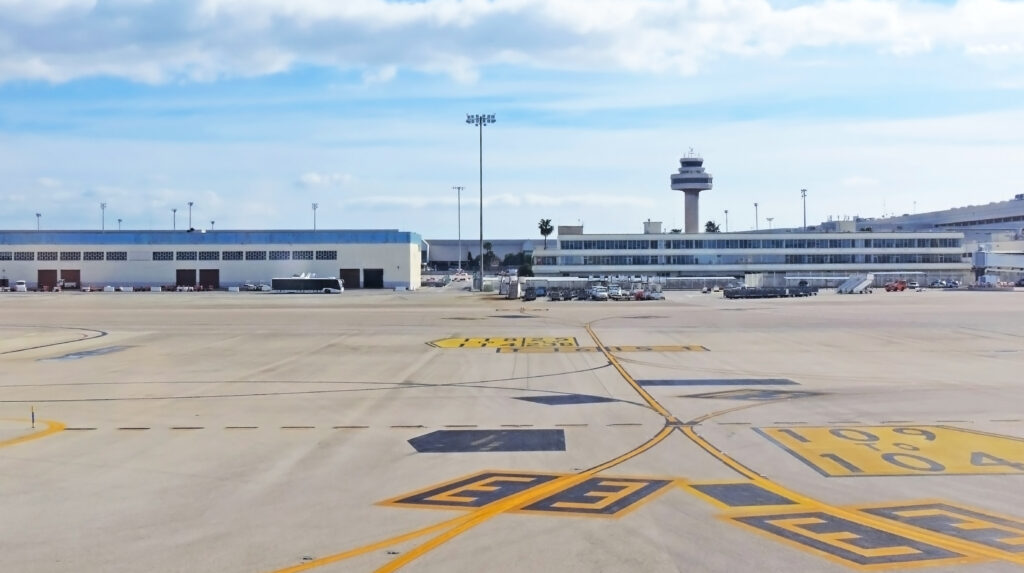The International Air Transport Association (IATA) has partnered with engineering firm Atkins to create a suite of digital tools for airports to estimate the embodied carbon associated with the construction of terminal buildings and aviation assets.
The digital toolkit will enable airports to better understand and mitigate the impacts of construction-related activities that contribute to carbon emissions. They will deliver embodied carbon benchmarking for three key airport asset types – terminal buildings, runways and multistory car parks. This will enable airport development teams to understand the carbon footprint of development work and enter into dialog with airport operators about how to mitigate it.
The new tools, developed by Atkins and IATA, are believed to be the first early-stage embodied carbon assessment tools specifically focused on airport terminal buildings.
While most current tools measure carbon in general buildings, and at a later stage in the design, this new digital toolkit is specific to aviation and can be applied at a very early stage in the design – adding the most value.
Andy Yates, technical director of aviation infrastructure for Atkins, said, “Our embodied carbon advisory team have worked with IATA to develop a set of innovative industry tools, leading a mature aviation market into a challenging and previously unexplored area of embodied carbon assessment. These tools enable clients to confidently explore the vital conversations around embodied carbon reduction as airports respond to the complex challenges that surround the sector’s net zero goals. The tools have been developed by a multidisciplinary team including architecture, airport planning and structural design as well as carbon experts, ensuring a solution that understands the complexity and multifaceted approach needed to assess embodied carbon.”
Nick Careen, senior vice president of operations, safety and security at IATA, said, “Decarbonizing aviation is the industry’s greatest challenge, and the industry is fully committed and making progress. However, reaching net zero by 2050 will require collective efforts from the entire industry supply chain and from policymakers. Our collaboration with Atkins on this innovative digital toolkit will help airports meet their own objectives by providing a crucial platform to evaluate and reduce carbon impacts for new airport developments. By facilitating dialog around carbon mitigation from day one of an airport development project, together we are making headway towards net zero aviation.”
For more key sustainability updates from the passenger terminal industry, click here.

